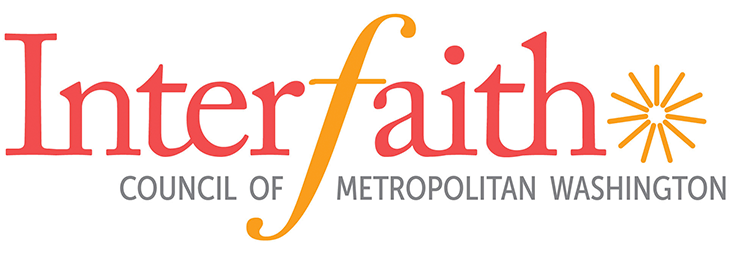One of the joys of participating in IFC programs is the inspiration we receive from learning about each other’s holy days and celebrations, many of which have origins and meanings that deeply reflect our connection to all elements of the Holy creation we experience. I always find interesting parallels and amazing communalities.
When asked to share some thoughts for the IFC blog at this time of the year, I immediately thought I would write about a relatively little known Jewish holiday observance that has become more prominent in the past 50 years known as Tu Bish’vat. Literally meaning the 15th day (full moon) of the Lunar month of Sh’vat, for at least 1800 years this day has been observed as the “New Year for Trees.”
While the date and name of this observance is post-Biblical as it is first mentioned in the Mishnah (Oral Law) compiled around 200 CE, the basis for the holiday is a concern to know the age of a fruit tree for purposes of tithing and perhaps protecting its viability in the first three years of growth (see the concept of Orlah in the Bible, Leviticus 19:23) In recent years there has been a revival of a 500 year old custom of having a ritual meal on Tu Bish’vat, eating and blessing various fruits and nuts mentioned in the Bible as well as celebrating natural events that pre-sage the coming of spring in the Holy Land such as the first appearance of almond blossoms
This year, a wonderfully creative scholar, Rabbi David Seidenberg suggested a new tradition for this season: Tu Bish’vat “wassailing” or singing to your trees. I hadn’t known that there was another tradition of wassailing beyond the sharing of Christmas carols at neighbor’s homes, namely wassailing in orchards. According to Professor Google, “the purpose is to encourage the spirits into ensuring a good harvest the following season. It takes place on the twelfth night after Christmas and involves a visit to a nearby orchard for singing, dancing, drinking and general merrymaking.”
Here we find interesting potential parallels between the two traditions beyond the parallels of Christmas and Chanukah as Winter Solstice Festivals that celebrate the birth of new hope through light and stars at the darkest time of the year. I know there are folks who play music for their plants year-round, but isn’t it a wonderful idea to extend blessings ritually to this particular element of Creation?
I had originally been prepared to mention how the date for this New Year for Trees occurs in late January or early February and therefore has a calendrical similarity with the first day of Chinese New Year that begins on the new moon that appears between 21 January and 20 February. (Actually the new moon rather than the full moon is an alternative opinion for the dating of the New Year of the Trees in the Mishna.) Both festivals symbolically mark the end of winter and the beginning of the spring season. The Chinese New Year is associated with animals, not trees (2024 will be the year of the dragon), but more on that below.
Those knowledgeable about faiths and cultures know that many religious traditions mark their New Years at the time of the Vernal (Spring) Equinox in the Northern Hemisphere, which is around March 20 in the Western calendar. Our Baha’i and Zoroastrian sisters and brothers both observe the Festival of Nawruz (literally “new day”) as the first day of the year with major celebrations. Although it is not clear whether early pre-Zoroastrian Iranian culture celebrated a feast as the first day of the calendar, there are indications that they may have observed the beginning of both autumn and spring, respectively related to the harvest and the sowing of seeds, for the celebration of the New Year. This would be an interesting parallel to the Jewish practice of harvest festivals in the Spring and Fall. It might also explain why the Biblical text regards the Spring month of Nisan when Passover occurs as the first month of the year. Rosh Hashanah, the current observance of the Jewish New Year occurs in the fall, near the autumnal equinox as the first day of the seventh month. The Zoroastrian traditions, beliefs, and calendar had a strong influence on the development of Jewish practice and through Judaism to Christianity and Islam.
I have a coming attraction to share with you as well. In the last couple of years, Jews concerned with the dignity and, sadly, the suffering of the Holy but non-human animals with which we share our environment have begun observing a New Year for Animals (Rosh HaShanah Levehemot.) This date is mentioned in the very same section of the Mishnah which noted the date for the New Year for Trees (Rosh HaShanah L’ilanot.) It occurs on the first day of the lunar month preceding Rosh Hashanah, typically in August.
The origins of this observance are also Biblical in connection with the appropriate age for animal sacrifices at the ancient Temple. But we can expect that there will be new rituals developed for singing to and blessing animals since the renewal of the tradition has been proposed by Jewish vegetarians. Perhaps they will be influenced by those traditions which already have a ritual for “Blessing of the Animals,” a well-established tradition in Roman Catholicism dating from the time of St. Francis. The process of sharing and learning from each other’s faiths is well grounded by the work of the IFC.
by Rabbi Gerry Serotta, IFC Executive Director Emeritus
